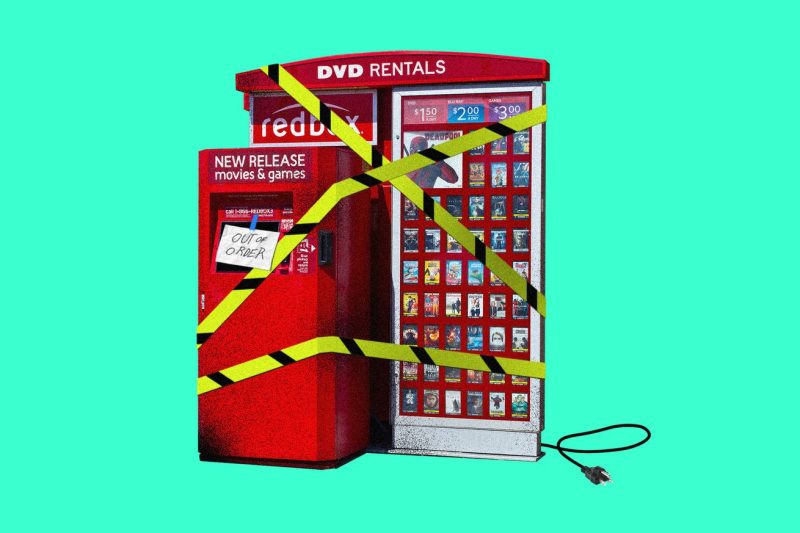Redbox, a renowned name in the entertainment rental industry, has been garnering attention for its recent decision to power down select kiosks across the nation. With its iconic red vending machines becoming a common sight in grocery stores, pharmacies, and convenience stores, the news of scaling back raises questions about the future of this rental giant.
A key factor contributing to Redbox’s decision to power down certain kiosks is the changing landscape of the entertainment industry. The rise of digital streaming services, such as Netflix, Hulu, and Amazon Prime Video, has ensured that a considerable portion of consumers now prefer the convenience of streaming content from the comfort of their homes. This shift in consumer behavior has had a direct impact on traditional rental services like Redbox, leading to a decline in foot traffic and rentals at many kiosk locations.
Additionally, the COVID-19 pandemic accelerated the digitalization of the entertainment industry. With restrictions on physical interactions and the closure of many public spaces, including the locations housing Redbox kiosks, consumers turned to online streaming platforms for their entertainment needs. This surge in digital consumption further highlighted the changing preferences of consumers and the need for businesses like Redbox to adapt to the evolving landscape.
Moreover, the advent of subscription-based services offering unlimited access to a vast library of movies and TV shows has also posed a challenge to Redbox’s rental model. Services like Disney+, HBO Max, and Apple TV+ provide an extensive range of content at a fixed monthly fee, making them an attractive alternative to renting individual titles from Redbox kiosks.
Despite these challenges, Redbox continues to remain a relevant player in the entertainment rental market. The company has been exploring new strategies to stay competitive in the digital age, such as enhancing its online rental platform and expanding its digital presence. By adapting to changing consumer preferences and embracing technological advancements, Redbox aims to carve out a niche for itself in an increasingly crowded entertainment landscape.
In conclusion, the decision to power down select kiosks is a strategic move by Redbox to realign its operations with the shifting dynamics of the entertainment industry. As the company navigates the challenges posed by digital streaming services and changing consumer habits, it is imperative for Redbox to innovate and evolve to remain a prominent player in the entertainment rental market. By making strategic decisions and embracing technological advancements, Redbox can continue to thrive in the ever-changing entertainment landscape.


































